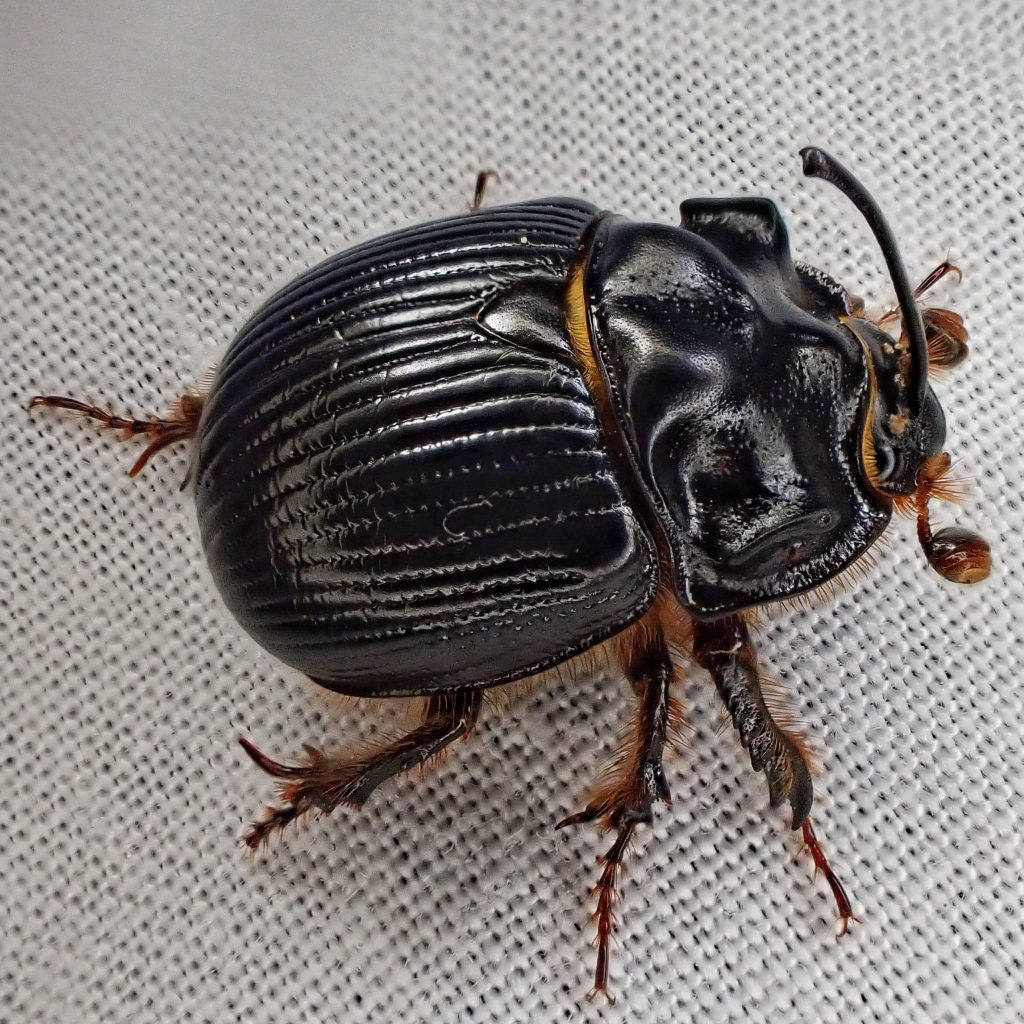
I was excited to have two male (though no female) Odonteus obesus come to my lights whilst mothing on the Wind River last month.I had seen and photographed females of these Geotrupidae (Earth-Boring Scarab Beetles) before, but the only previous male to grace my lights had self immolated at a high wattage bulb. And, no offense to the ladies, the males with their little horn extending over their odd shaped pronotum are the more visually interesting sex.
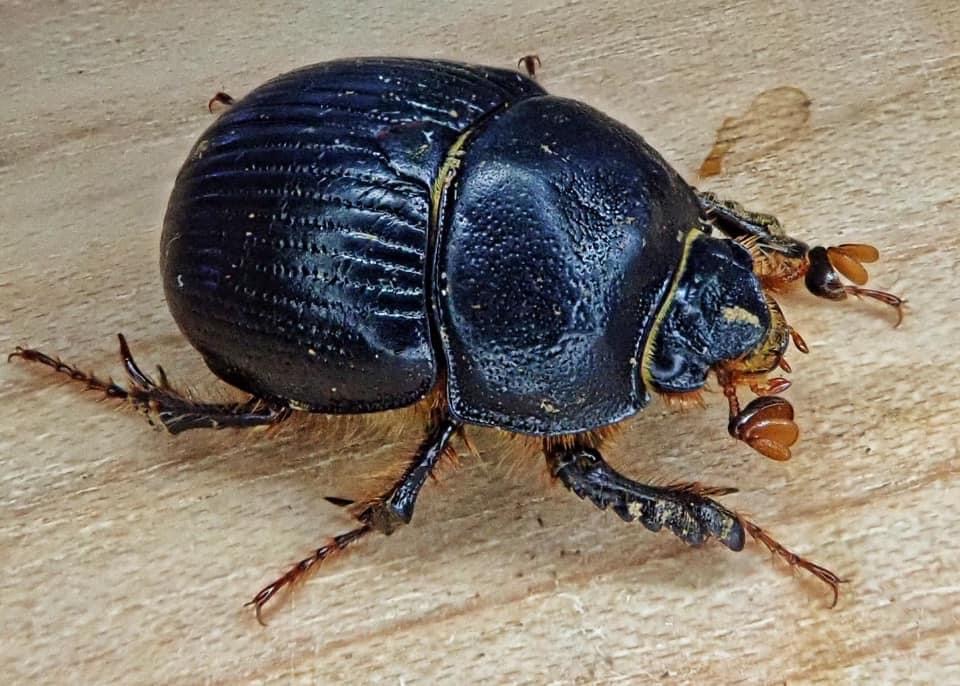
Macrocheles spp. and other mites are phoretic on many species of Geotrupidae, meaning they are hitchhikers rather than parasites. And where they are hitchhiking to are the dung and rotting leaf litter sites where the beetles are collecting food to provision cells for their larvae, because those sites have the fly larvae upon which Macrocheles are parasitic. You can barely make out a few of these mites around the horn and on the rear left corner of the pronotum.
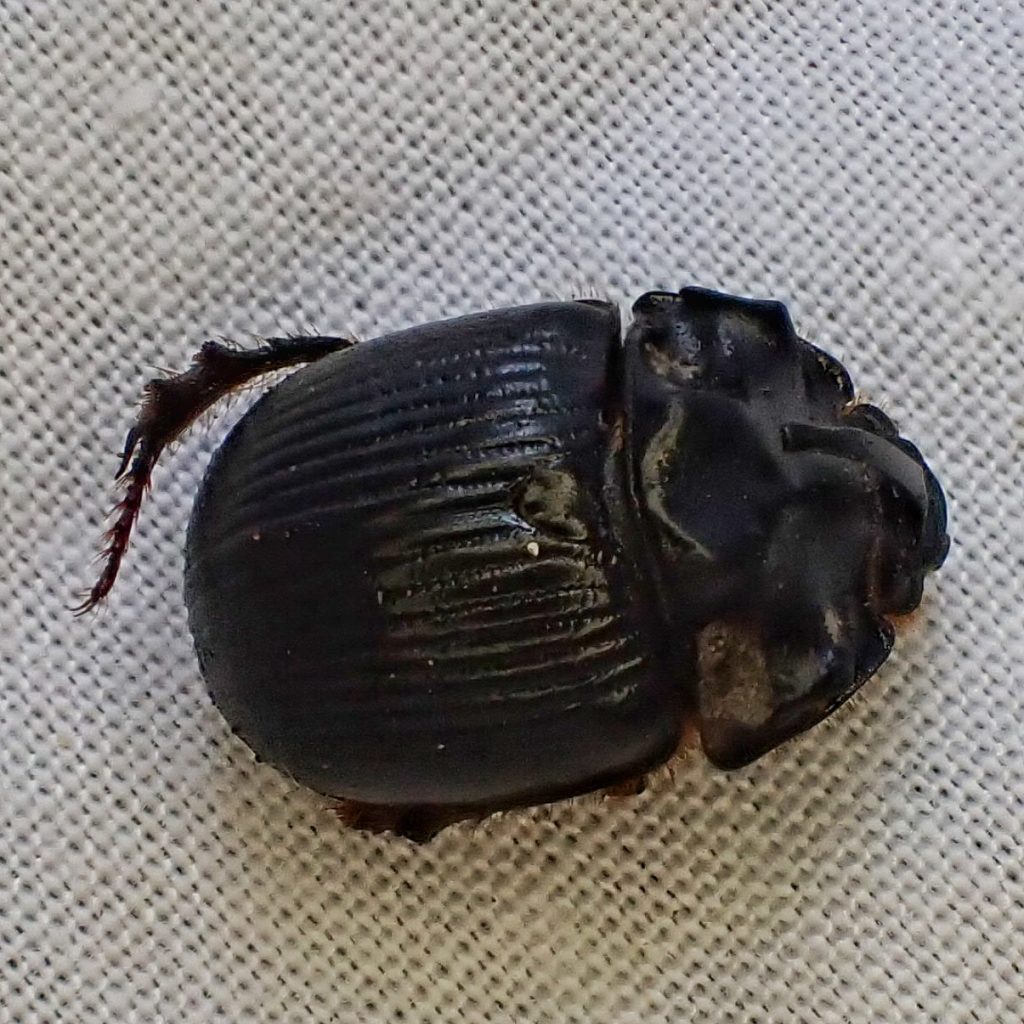
Little is known of the details of the natural history and behavior of Geotrupidae in general, and especially of the subfamily Bolboceratinae (to which Odonteus obesus belongs), due to the fact that they spend the majority of their lives underground (as well as not being a pest species). In fact the majority of published papers I found relating to Odonteus were semantic squabbles regarding whether Odonteus or Bolboceras should be the accepted generic epithet (Odonteus won because, though the description was written later, it was published a month sooner than that of Bolboceras, although Odonteus was almost never used for 170 years). There was a fascinating paper on the sole European member of this genus, O. armiger, but it bore no relevance to our species, starting with the fact that O. armiger is directly associated with rabbit burrows, rather than digging it’s own independent burrow as O. obesus does.
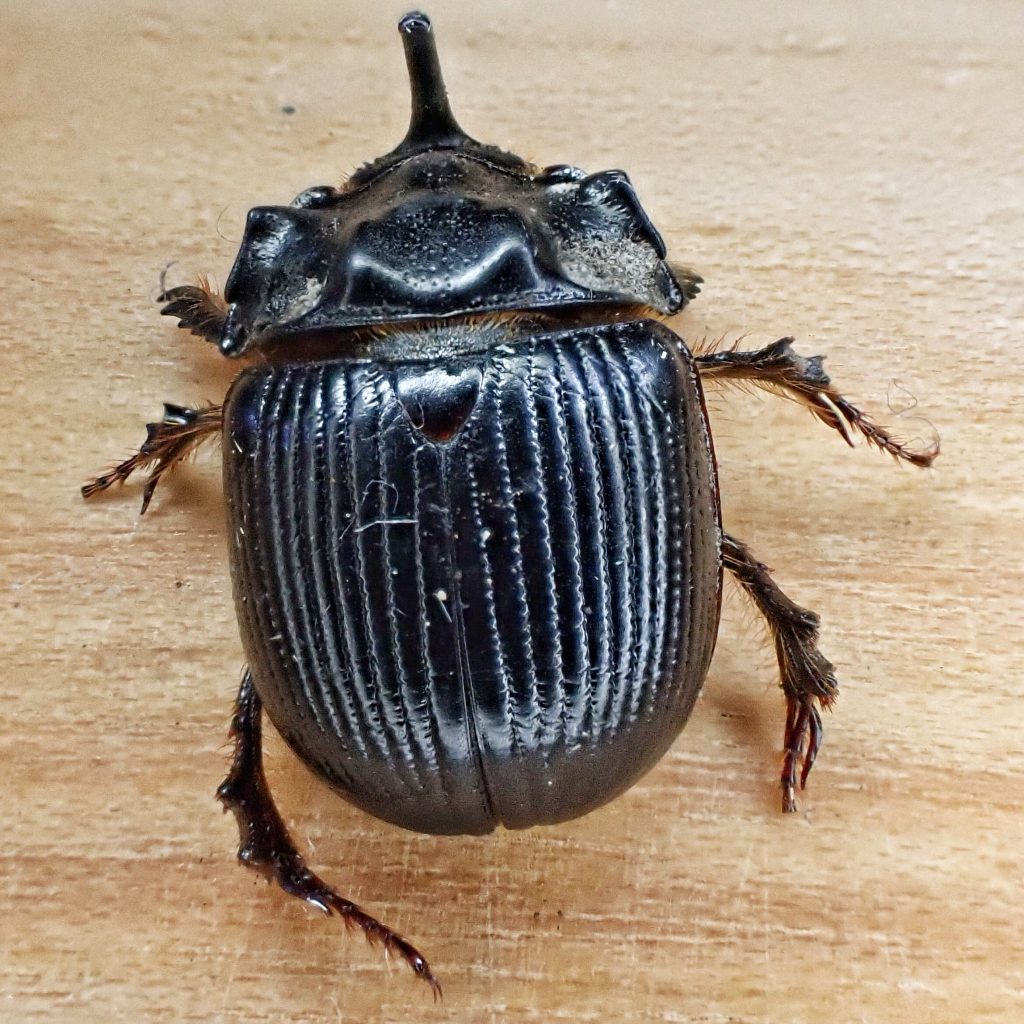
Description-Small to medium sized (6.5-12mm long) shiny, black, round, and domed beetle with clubbed antenna; male has a prominent horn protruding from the head, but females do not; elytra are deeply grooved; pronotum is roughly sculptured, and flattened at the lateral margins; has brown to gold pubescence on legs, ventral surface, and around the head and pronotum.
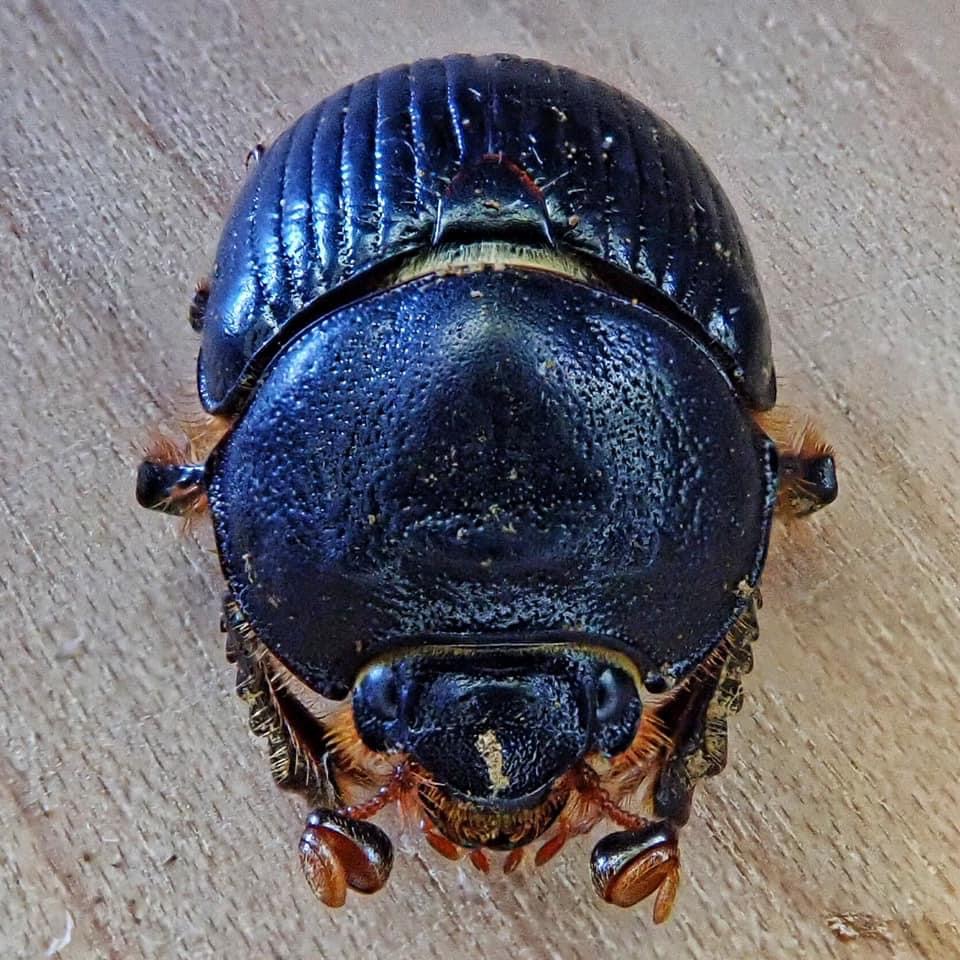
Similar species–Bolbelasmus hornii is lighter in color, with less defined grooves on the elytra; Tomarus gibbosus has less defined elytral grooves, lacks flattened pronotal margins, and neither males or females have a horn; Necrophilus hydrophiloides lack a horn, do not have clubbed antenna, and have an obvious dome on the pronotum surrounded by a large flat area.
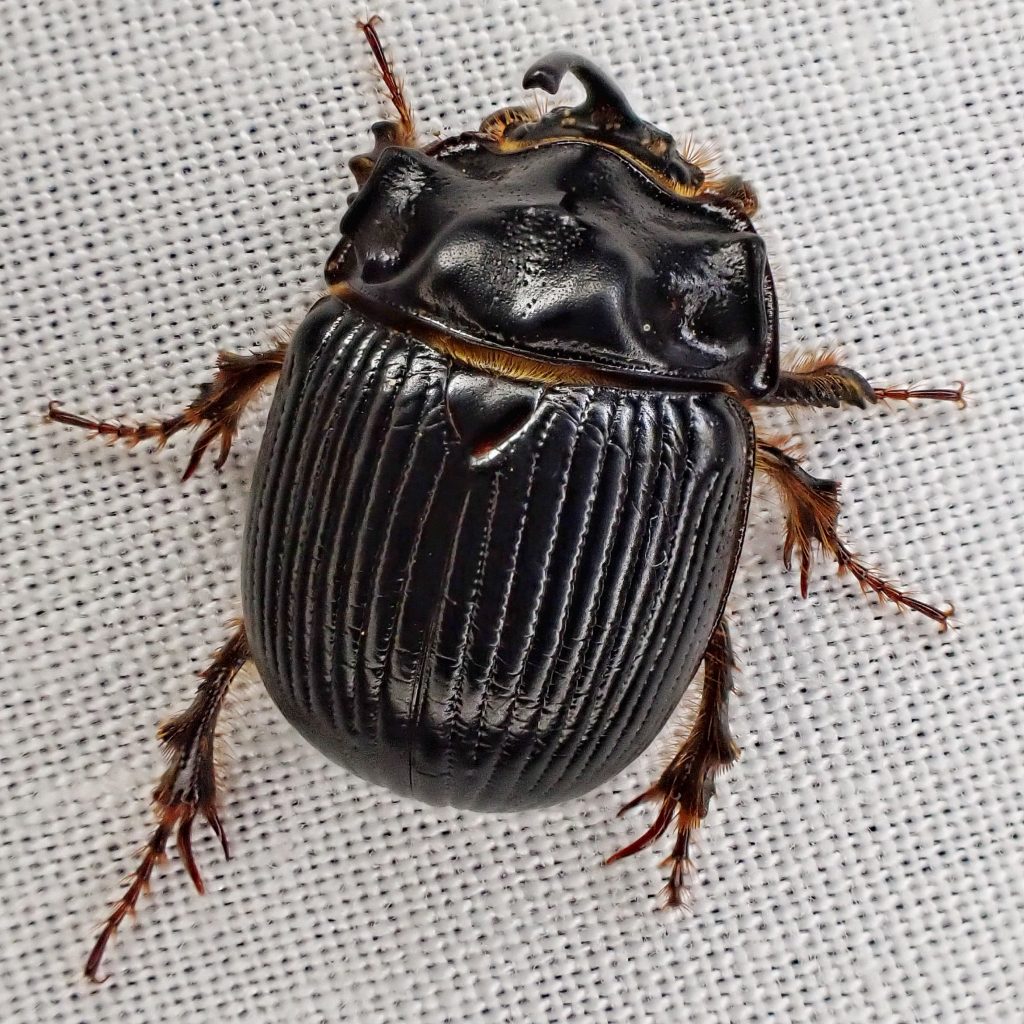
Habitat-Conifer and mixed forests to middle elevations.
Range-Western North America; region wide in appropriate habitat.
Eats-Larvae eat humus and possibly dung; adults may feed on fungi
Eaten by-Probably insectivores of all classes.
Adults active-Active all year, but mostly seen from April to July
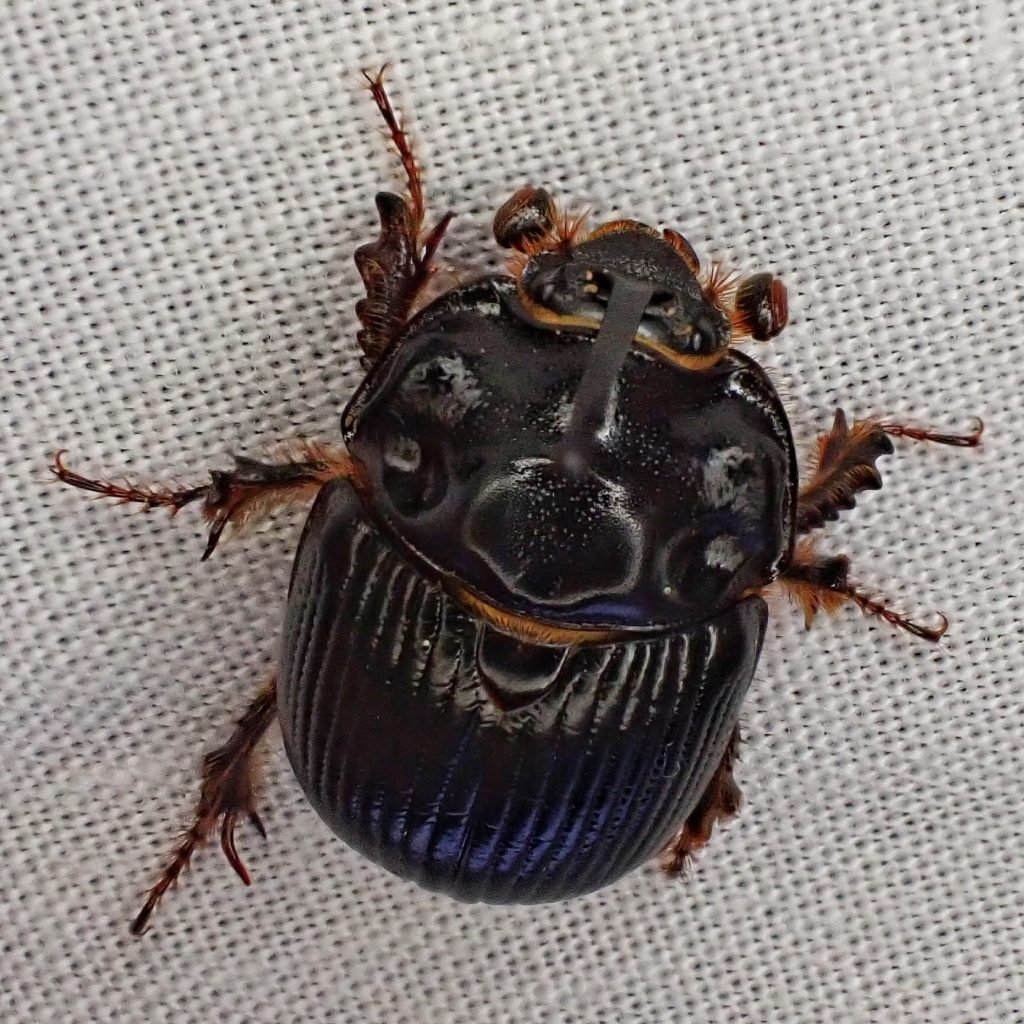
Life cycle-Dig vertical burrows burrows from 6-80” deep; eggs are placed in lateral cells, and provisioned with fine humus and possibly dung; adults, pupae, larvae, and eggs can sometimes all be found in a single burrow; apparently overwinter as adults.
Etymology of names– Odonteus is from the Greek word for ‘toothed’, but I cannot ascertain to what this refers. The specific epithet obesus is from the Latin word for‘stout’, which is a good descriptor for this sturdy looking beetle.
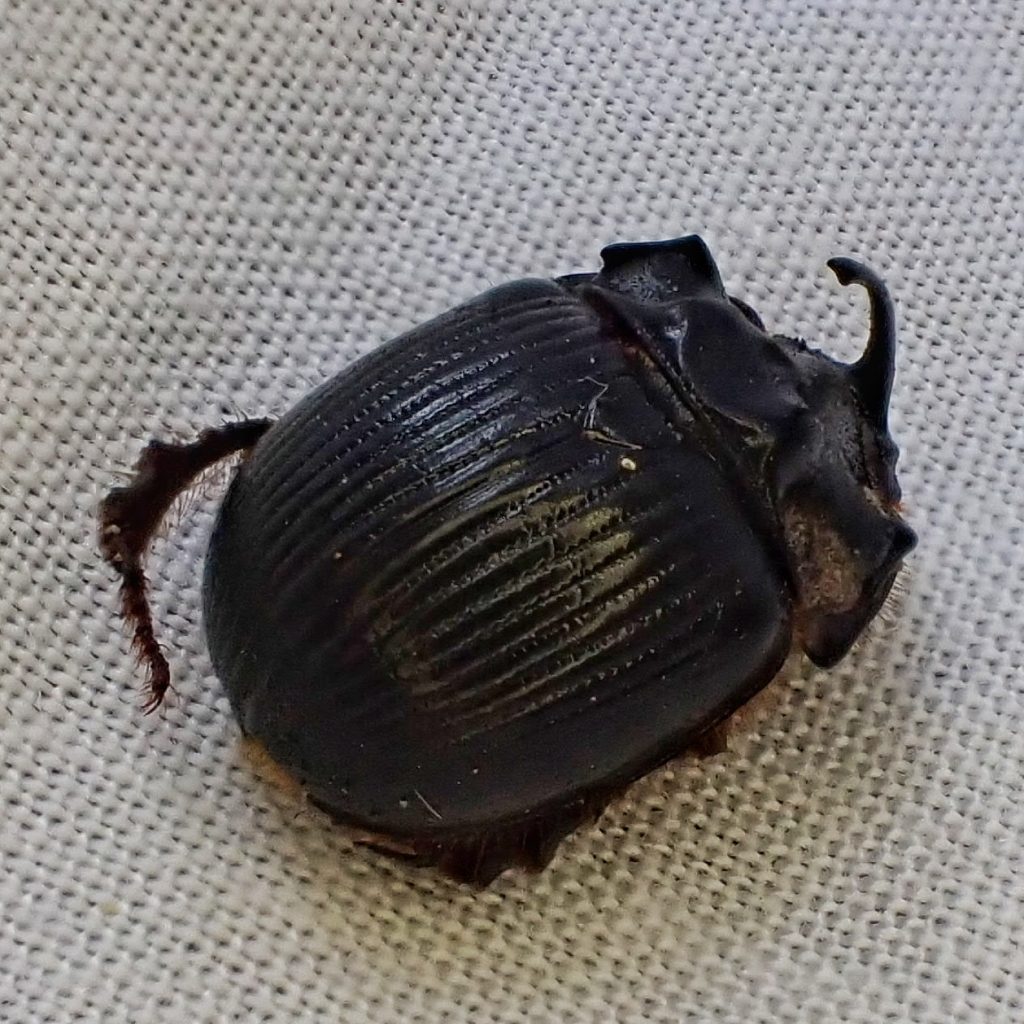
https://bugguide.net/node/view/160586
https://bugguide.net/node/view/18914
https://www.entomoljournal.com/archives/2013/vol1issue6/PartC/31.pdf
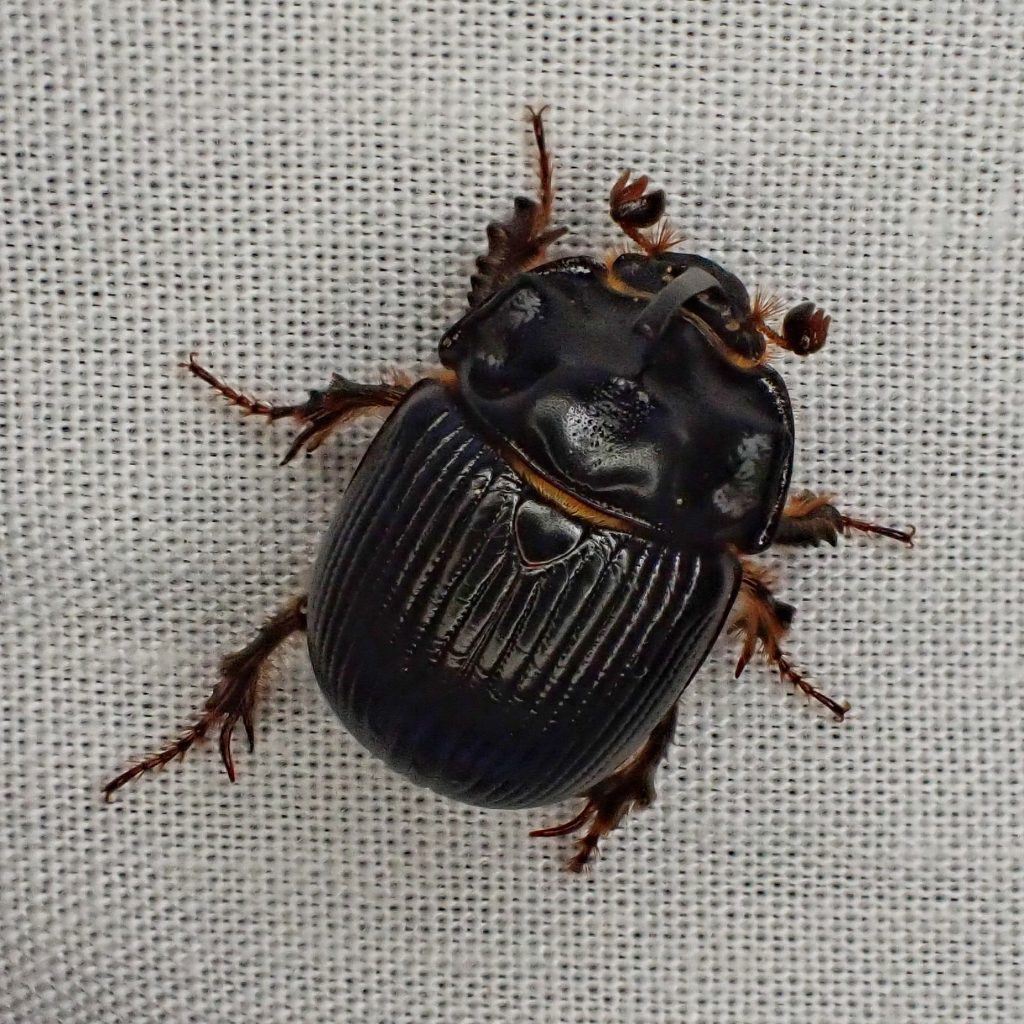
1 thought on “Odonteus obesus”